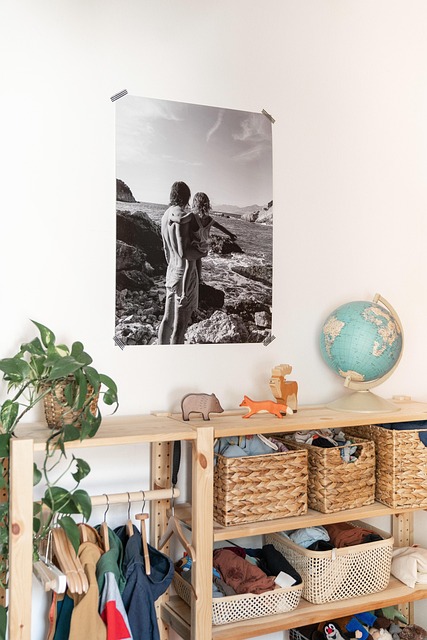Pet Supplies: practical choices for home and pet needs
Providing the right pet supplies helps animals stay healthy and comfortable while keeping your living space tidy and visually cohesive. Whether you own a kitten or a senior cat, choose items that match your pet’s needs, your daily routine, and the style of your home. This article explains practical considerations for common supplies, including litter management, furniture-friendly options, and ways to integrate pet gear into home decor without sacrificing function.

Cat: choosing supplies by life stage and behavior
Cats’ needs change with age, activity level, and health. Kittens require small, shallow feeding dishes, soft toys for teething, and litter that’s gentle on developing paws. Adult cats may benefit from interactive feeders, scratching posts, and durable toys that encourage exercise. Senior cats often need easily accessible litter boxes and raised food bowls to reduce strain. Observe your cat’s behavior—if they avoid a product, consider a different shape, texture, or placement. Selecting supplies that match your cat’s current preferences reduces stress and supports long-term well-being.
Litter box: types, placement, and maintenance
Choosing the right litter box involves box style, litter type, and placement. Open boxes offer easy access and visibility; covered boxes reduce scatter and odors but can trap smells. Self-cleaning models reduce scooping frequency but may not suit all cats. Clumping, non-clumping, and plant-based litters each have pros and cons for dust, odor control, and environmental impact. Place the box in a quiet, accessible area away from high-traffic zones and loud appliances. Maintain a consistent cleaning routine—scooping daily and full litter changes on a schedule—to support litter box use and reduce stress-related elimination issues.
Pet: essential supplies for health and daily care
A basic pet kit includes feeding supplies, grooming tools, identification, and comfortable bedding. For cats, sturdy bowls, a balanced diet, a brush appropriate to coat length, and nail trimmers are essential. Keep up with routine health items like parasite prevention and dental care as recommended by your veterinarian. Travel carriers, harnesses for supervised outdoor time, and accessible water stations are practical extras. Regular inspection of supplies for wear and hygiene—replacing frayed toys and washing bowls—reduces health risks and ensures your pet’s environment remains safe and pleasant.
Furniture: pet-friendly choices and protection
Select furniture that stands up to pets while maintaining comfort. Materials like tightly woven fabrics, microfiber, leather, and treated outdoor textiles resist claws and are easier to clean. Choose furniture with removable covers or washable slipcovers for quick laundering. Protect surfaces with throws or designed pet mats in areas where pets frequently rest. Consider furniture design features—elevated legs can make floor cleaning easier, while solid bases are less likely to get scratched or chewed. Balancing durability and aesthetics helps you maintain a welcoming space while accommodating your pet’s routines.
Home decor: integrating pet items into design
Pet items don’t have to clash with your design sensibility. Look for litter boxes with enclosed cabinets or furniture-style litter solutions that double as side tables, blending functionality with form. Stylish storage bins can keep toys and supplies organized. Choose bowls with finishes and colors that complement your kitchen or dining area. Cat trees and scratching posts are available in modern, minimalist styles that fit into living rooms without dominating the space. Consider color coordination and placement—integrating pet items thoughtfully helps maintain a cohesive home decor while meeting your animal’s needs.
Conclusion
Thoughtful selection of pet supplies reduces daily friction, supports animal welfare, and preserves the look and usability of your home. Prioritize your pet’s life stage and behavior when choosing items, maintain regular cleaning and inspection routines, and select furniture and decor-friendly solutions that align with your living space. These practical steps make it easier to care for your pet while keeping your home comfortable and orderly.






